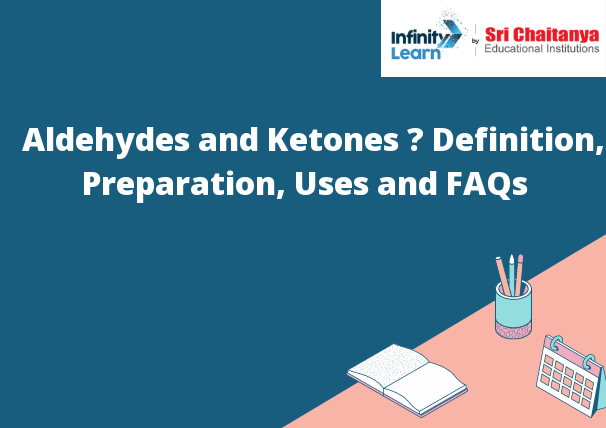Table of Contents
What are Aldehydes and Ketones?
Aldehydes and Ketones:
Aldehydes are organic compounds containing a carbon-oxygen double bond and a hydrogen atom single bonded to the carbon. The carbon atom in an aldehyde is called the carbonyl group. The simplest aldehyde is formaldehyde, CH2O.
Ketones are organic compounds containing a carbon-oxygen double bond and two hydrogen atoms single bonded to the carbon. The carbon atom in a ketone is called the carbonyl group. The simplest ketone is acetone, CH3COCH3.

What is Aldehyde?
Aldehyde is an organic compound with the formula CHO. It is the simplest of the carbonyl group, a class of compounds with a carbon-oxygen double bond. The word aldehyde comes from the Latin word for “alder tree”.
What are Ketones?
Ketones are organic compounds that are produced by the body during periods of starvation, carbohydrate restriction, or intense exercise. Ketones are produced when the body breaks down fatty acids for energy. Ketones can be detected in the urine and blood and are used as a marker of ketosis.
Occurrence of Aldehydes and Ketones
- Aldehydes and ketones are two types of organic molecules that share a common functional group. This group is made up of a carbon atom double bonded to an oxygen atom, and is represented by the formula -C=O.
- Aldehydes are molecules that contain this functional group at the beginning of the molecule, while ketones contain it in the middle or end of the molecule. Both aldehydes and ketones are volatile, meaning they are able to evaporate easily. They also have a strong, unpleasant smell.
- Aldehydes and ketones are both produced naturally in the body, and they can also be produced artificially. Some common examples of aldehydes and ketones that are used in industry include formaldehyde, acetone, and benzaldehyde.
Preparation of Aldehydes and Ketones
Aldehydes and ketones can be prepared by the oxidation of alcohols. In the presence of a strong oxidizing agent, alcohols are converted to aldehydes and ketones, respectively.
Aldehydes and ketones are both organic compounds that contain the carbonyl functional group. The carbonyl group is a carbon atom double-bonded to an oxygen atom, and it is this group that gives aldehydes and ketones their distinctive chemical properties.
Aldehydes are typically prepared by the oxidation of a primary alcohol. In the presence of a strong oxidizing agent, such as chromic acid, a primary alcohol is converted into an aldehyde. The reaction can be represented as follows:
CH3CH2OH + CrO3 → CH3CHO + H2O
Ketones are typically prepared by the oxidation of a secondary alcohol. In the presence of a strong oxidizing agent, such as chromic acid, a secondary alcohol is converted into a ketone. The reaction can be represented as follows:
CH3CHOHCH3 + CrO3 → CH3COCH3 + H2O







